Ranging from herbs to acupuncture, alternative medicine is becoming increasingly popular. Learn the basics.
Alternative medicine generally refers to practices not typically used in conventional medicine. What’s considered alternative medicine changes constantly as more and more treatments undergo rigorous study and are proved to be effective or not.
- Complementary medicine is thought of as treatments used in addition to the conventional therapies your doctor may prescribe, such as using tai chi or massage in addition to prescription medicine for anxiety.
- Alternative medicine is generally thought of as being used instead of conventional methods. For example, this might mean seeing a homeopath or naturopath instead of your regular doctor.
What are the principles of complementary and alternative medicine?
Many alternative medicine practitioners base their work around a few common principles. Some of these are similar to what your conventional doctor might do, while others are quite different. Basic philosophies of complementary and alternative medicine include:
- Prevention is key to good health. Taking steps to better your health before you get sick is the best way to keep yourself healthy.
- Your body has the ability to heal itself. Alternative medicine practitioners see themselves as facilitators. To them, your body does the healing work, and treatment encourages your natural healing processes.
- Learning and healing go hand in hand. Alternative medicine practitioners see themselves as teachers and mentors who offer guidance. To the practitioner, you’re the one who does the healing.
- Holistic care. The focus is on treating you as a whole person-recognizing that physical health, mental well-being, relationships and spiritual needs are interconnected and play a part in your overall health.
What are examples of complementary and alternative medicine?
To make sense of the many therapies available, it might help to look at them in the broad categories that the National Institutes of Health uses for classification.
Healing systems
Healing systems are complete sets of theories and practices. A system incorporates many practices that all center on a philosophy or lifestyle, such as the power of nature or the presence of energy in your body. Examples of complementary and alternative medicine healing systems:
- Ayurveda. This form of medicine, which originated in India more than 5,000 years ago, incorporates treatments including yoga, meditation, massage, diet and herbs.
- Homeopathy. This treatment uses minute doses of a substance that causes symptoms to stimulate the body’s self-healing response.
- Naturopathy. Naturopaths draw on many forms of complementary and alternative medicine, including massage, acupuncture, herbal remedies, exercise and lifestyle counseling.
Mind-body connections
Mind-body techniques strengthen the communication between your mind and your body. Practitioners say these two systems must be in harmony for you to stay healthy. Examples include: Meditation,, Yoga, Biofeedback, Hypnosis and Art therapies like poetry, music and dance.
Manipulation and touch
These methods use human touch to move or manipulate a specific part of your body. They include Chiropractic, Massage, Craniosacral therapy and Acupressure.
Energy therapies
Some practitioners believe an energy force flows through your body, and when this energy flow is blocked or unbalanced you can become sick. Unblocking or re-balancing your energy force is the goal of these therapies, and each claims to accomplish that goal differently. Energy therapies include Acupuncture, Reiki, Magnet therapy, Light therapy.
Excerpted from www.mayoclinic.com/health/alternative-medicine/PN00001
